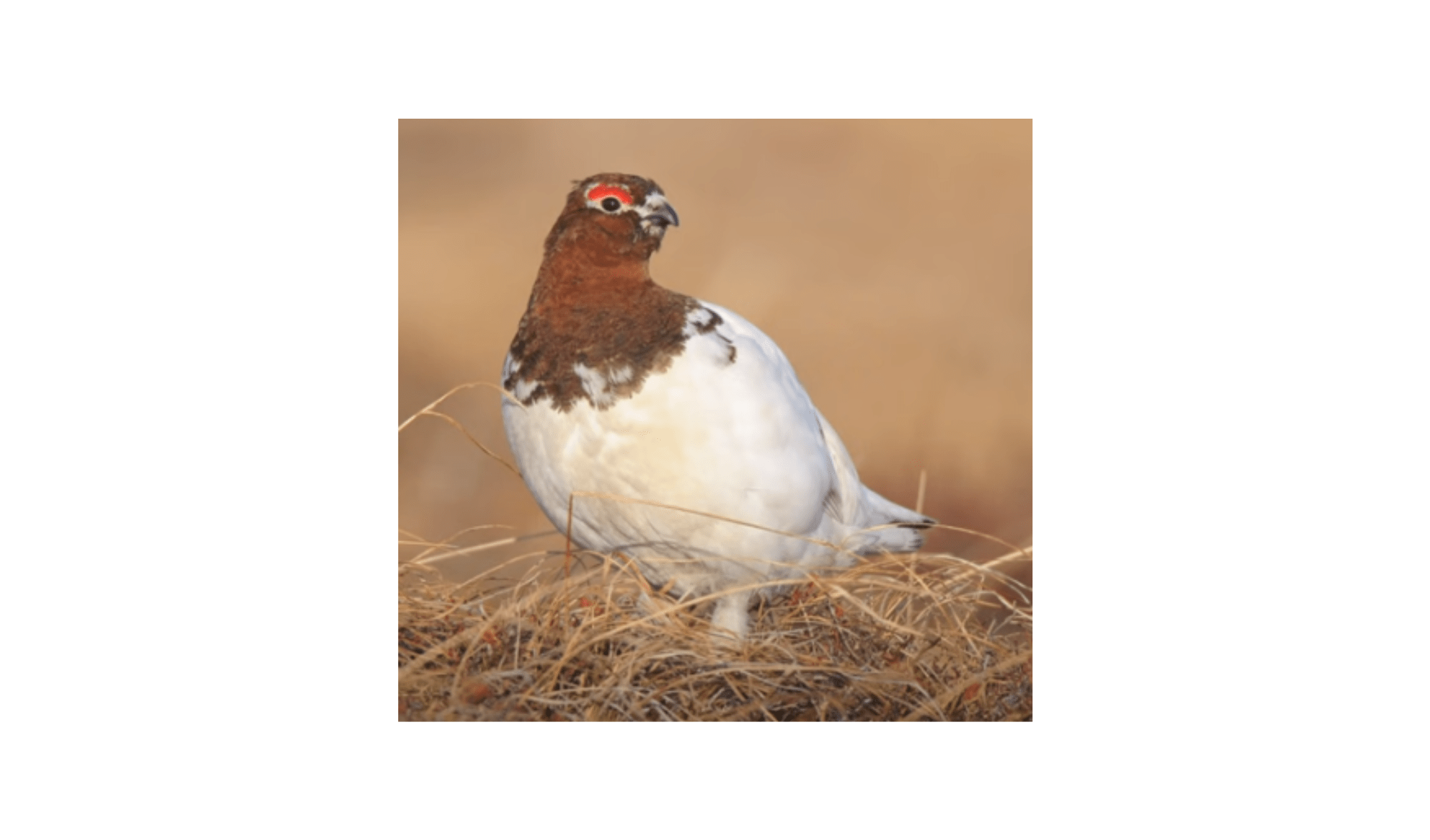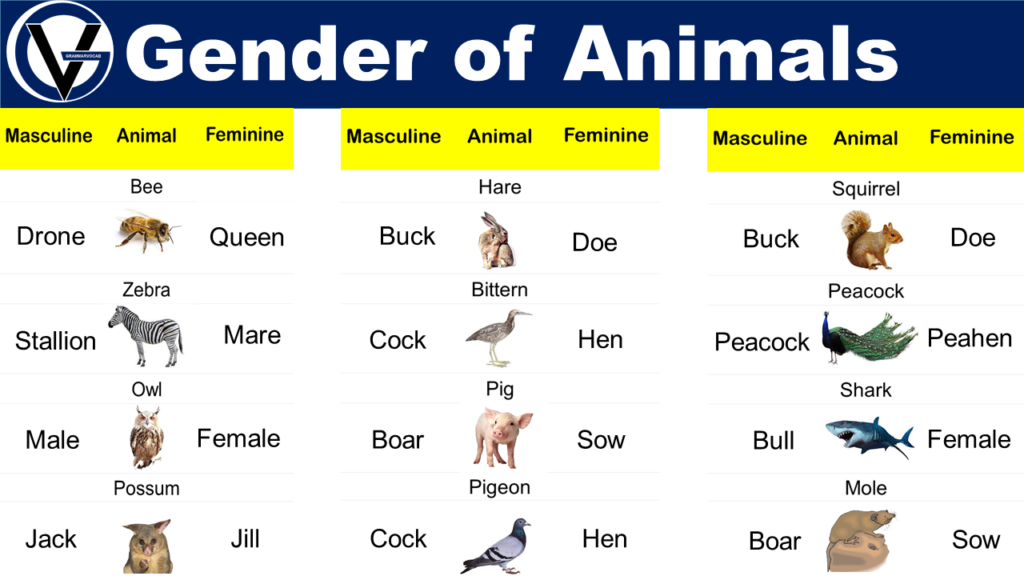Animals come in all shapes, sizes, and names! Some start with the letter “W”. Let’s explore some wonderful creatures that fit this letter.
Download Animals Name That Begin With W PDF
Animal Names That Start With W
- Warthog
- Wood Turtle
- Westiepoo
- Woolly Monkey
- Waimanu
- Wasp
- Wildebeest
- Woolly Mammoth
- White-Tailed Eagle
- Weimaraner
- Wax Moth
- White-tail deer
- White-Faced Capuchin
- Writing Spider
- Wrasse
- Wrought Iron Butterflyfish
- Wild Boar
- Western Rat Snake
- Wolf Eel
- Wolf Snake
- Woodlouse
- Western Lowland Gorilla
- Wirehaired Pointing Griffon

Animal Names With W
- Wood Frog
- White Tiger
- White Rhinoceros
- Wolffish
- Wood Bison
- Woma python
- West Highland Terrier
- Woodpecker
- Weimardoodle
- Wolf Spider
- Winter Moth
- Weaver Bird
- Wallaby
- Weasel
- Water Buffalo
- Woodrat
- Walleye Fish
- Walrus
- Worm
- Woolly Rhinoceros
- Whiting
- Western Green Mamba
- Whale Shark
- Western Gorilla
- Western Hognose Snake
- Welsh Terrier
- Wolf
- Wandering Albatross
- Wheaten Terrier
- Whimbrel
- Whoodle
- Western Diamondback Rattlesnake
- Welsh Corgi
- Worm Snake
- Whinchat
- Whippet
- Whiptail Lizard
- White Ferret / Albino Ferrets
- White Butterfly
- Wire Fox Terrier
- White Shark
- Whooping Crane
- Wahoo Fish
- Water Vole
- Wood Tick
- Water Dragon
- Wolverine
- Woodlouse Spider
- Wels Catfish
- Walking Catfish
- Willow Warbler
- Wombat
- Western Blind Snake
- Wyoming Toad
Must Learn: Animals That Start With Y


Animals That Start With W Facts & Picture
Wallaby

Wallabies are small to medium-sized marsupials that belong to the same family as kangaroos. Here are some facts about wallabies:
- Wallabies are found primarily in Australia and neighboring islands, although some species can also be found in Papua New Guinea and Indonesia.
- There are around 30 different species of wallabies, ranging in size from the tiny brush-tailed rock wallaby, which is around 40 cm long and weighs only 1.5 kg, to the larger red-necked wallaby, which can grow up to 1.5 m long and weigh over 20 kg.
- Like all marsupials, wallabies give birth to undeveloped young that crawl into a pouch on their mother’s belly to complete their development.
- Wallabies are herbivores, feeding on grasses, leaves, and other plant material.
- Wallabies are well adapted to their environment, with strong hind legs that allow them to move quickly and easily over rough terrain, and powerful tails that help them balance and change direction.
- Wallabies are generally solitary animals, although some species may form small groups.
- Wallabies are preyed upon by a variety of predators, including dingoes, foxes, eagles, and snakes.
- Some species of wallabies, such as the red-necked wallaby, are considered pests in certain parts of Australia, where they compete with livestock for grazing land and damage crops.
- The Agile Wallaby is the most common and widespread wallaby species in Australia.
- Wallabies are important cultural symbols in Australia and are often featured in indigenous art and stories.
Warthog
Warthogs are wild pigs found in sub-Saharan Africa. Here are some interesting facts about warthogs:
- Warthogs are named for the four large wart-like protrusions on their faces, which are actually thick protective pads.
- They are known for their long, curved tusks that protrude from their lower jaws, which they use for defense and to dig for food.
- Warthogs have a distinctive gait, walking with their tails held erect and their heads held low to the ground.
- They are omnivores, feeding on a wide variety of plant material, as well as insects, small mammals, and bird eggs.
- Warthogs have excellent senses of smell and hearing, but their eyesight is relatively poor.
- They are social animals and can be found in groups of up to 40 individuals, known as sounders.
- Warthogs have a unique adaptation to protect themselves from predators – they are able to back into a burrow or hollow log and use their tusks to defend themselves from any approaching predator.
- They are capable of running at speeds of up to 34 miles per hour (55 kilometers per hour) and can outrun many predators.
- Warthogs are important prey species for a variety of predators, including lions, leopards, and hyenas.
- In popular culture, warthogs are well-known for their appearance in Disney’s “The Lion King,” where the character Pumbaa is a warthog.
Wasp
Wasps are a diverse group of insects that belong to the order Hymenoptera. Here are some interesting facts about wasps:
- Wasps are found all over the world, in almost every habitat on Earth.
- There are over 30,000 known species of wasps, ranging in size from tiny parasitic wasps that are only a few millimeters long to the Asian giant hornet, which can grow up to 5 cm long.
- Wasps have two pairs of wings and are closely related to bees and ants.
- They play an important role in ecosystems by pollinating plants and controlling populations of other insects, such as caterpillars.
- Some species of wasps are parasitic, laying their eggs on or inside other insects, which then serve as hosts for their larvae.
- Wasps are often misunderstood and feared because of their ability to sting, but only females have stingers, and most species are not aggressive unless provoked.
- Wasps use their stingers for defense and to immobilize prey, such as spiders, which they then feed to their young.
- Wasps have a wide variety of colors and patterns, with some species being brightly colored, while others are more muted.
- Some species of wasps are social and live in large colonies, while others are solitary and live alone.
- The paper wasp is a common species of social wasp found in North America, known for its distinctive nest made of paper-like material that the wasps create by chewing up wood and other plant material.
Weasel
Weasels are small, carnivorous mammals belonging to the Mustelidae family, which also includes ferrets, otters, and badgers. Here are some interesting facts about weasels:
- There are several species of weasels, including the common weasel, least weasel, and stoat, all of which are found throughout much of the Northern Hemisphere.
- Weasels have long, slender bodies, short legs, and pointed snouts. They are well adapted for hunting small prey, such as rodents and rabbits.
- They have excellent hearing, vision, and sense of smell, which allows them to track and locate prey.
- Weasels are known for their agility and speed, able to run up to 15 miles per hour (24 km/h) and easily climb trees and rocks.
- They have a high metabolism and need to eat frequently, often consuming up to 40% of their body weight in food each day.
- Weasels are solitary animals and only come together to mate.
- They have a reputation for being fierce predators, capable of taking down prey much larger than themselves.
- Some species of weasels undergo a seasonal change in fur color, with a brown summer coat and white winter coat to blend in with their surroundings.
- Weasels are sometimes kept as pets, but they require a lot of care and attention and can be difficult to handle.
- In some cultures, weasels are considered a symbol of bad luck, while in others, they are revered for their hunting abilities.
Whale Shark
The whale shark is the largest living fish in the world and is known for its gentle nature and distinctive appearance. Here are some interesting facts about whale sharks:
- Whale sharks can grow up to 40 feet (12 meters) long and can weigh up to 20 tons (18 metric tons).
- They are found in tropical and warm temperate waters around the world, typically in areas with high concentrations of plankton.
- Whale sharks are filter feeders, swimming with their mouths open to scoop up plankton and small fish.
- Despite their size, they are harmless to humans and are often sought out by divers and snorkelers for their unique and awe-inspiring appearance.
- Whale sharks have a distinctive pattern of light spots and stripes on their dark blue-gray skin, which is unique to each individual and can be used to identify them.
- They have a lifespan of up to 100 years.
- Whale sharks are considered a vulnerable species due to overfishing, accidental capture in fishing nets, and habitat loss.
- They are protected in many countries, and ecotourism activities, such as swimming with whale sharks, have become an important source of income for local communities.
- Whale sharks are known for their migratory behavior, with some individuals traveling over 8,000 miles (12,875 kilometers) in a single year.
- Despite their size, very little is known about the biology and behavior of whale sharks, and research is ongoing to better understand this fascinating species.
White Tiger
The white tiger is a rare variant of the Bengal tiger, with white fur and black stripes. Here are some interesting facts about white tigers:
- White tigers are not a separate species of tiger but rather a genetic mutation that occurs naturally in the wild, albeit very rarely.
- They have white fur due to a lack of pigmentation, and their stripes are still visible but are a lighter shade of brown.
- White tigers are found primarily in India, but they have also been reported in other parts of Asia, including Nepal and Bhutan.
- They are typically larger than their orange counterparts, with males weighing up to 500 pounds (227 kilograms) and females up to 300 pounds (136 kilograms).
- White tigers are carnivorous and feed primarily on deer, wild pigs, and buffalo.
- They are solitary animals and are known for their strength, agility, and stealth.
- White tigers are very rare in the wild, with only a handful of reported sightings in recent years.
- Many white tigers in captivity are bred for their unique appearance and are often used in zoos, circuses, and other forms of entertainment.
- Due to their rarity and popularity, white tigers are often the subject of myths and legends, and they have been featured in many books, movies, and other forms of media.
- Conservation efforts are underway to protect the remaining wild tiger population, including white tigers, from habitat loss, poaching, and other threats.
Wildebeest
Wildebeest, also known as gnus, are large African antelopes known for their annual migration and distinctive appearance. Here are some interesting facts about wildebeest:
- There are two species of wildebeest: the blue wildebeest and the black wildebeest. The blue wildebeest is the more common of the two and is found throughout much of southern and eastern Africa.
- Wildebeest are herbivores and feed on grasses, leaves, and shoots.
- They are known for their distinctive appearance, with a large, broad head, shaggy beard, and curved horns.
- Wildebeest are social animals and live in large herds, sometimes numbering in the hundreds of thousands.
- They are known for their annual migration, where they travel in search of fresh grazing lands and water sources.
- During the migration, wildebeest face many challenges, including crossing rivers where they may be preyed upon by crocodiles and other predators.
- Wildebeest are preyed upon by a variety of predators, including lions, hyenas, and crocodiles.
- They are known for their distinctive grunting and snorting vocalizations, which can be heard from a distance.
- Wildebeest play an important role in their ecosystem, as their grazing and migration patterns help to maintain the health and diversity of grasslands.
- Despite their large population, wildebeest are facing threats from habitat loss, poaching, and climate change, and conservation efforts are underway to protect them and their habitat.
Woodlouse
Woodlice, also known as pill bugs or sow bugs, are small terrestrial crustaceans that are commonly found in damp environments. Here are some interesting facts about woodlice:
- Woodlice are not insects but rather crustaceans, related to crabs and lobsters.
- They have a hard exoskeleton that protects them from predators and helps to prevent water loss.
- Woodlice are often found in damp, dark environments, such as under logs or rocks, and are important decomposers, feeding on dead plant material and helping to break it down.
- They are capable of rolling up into a tight ball when threatened, hence the nickname “pill bug.”
- Woodlice have gills and must keep their bodies moist to breathe, so they are typically found in humid environments.
- They are not harmful to humans and are often used as a food source for other animals, such as birds and small mammals.
- Some species of woodlice have a lifespan of up to 3 years.
- Woodlice have a unique reproductive strategy where females carry their eggs in a brood pouch located on the underside of their body until they hatch.
- There are over 3,000 species of woodlice, found in various habitats around the world.
- Woodlice have a variety of interesting behaviors and adaptations, such as the ability to detect and avoid areas that are high in toxic metals or chemicals.
Worm
Worms are a diverse group of invertebrates that play important roles in the soil, aquatic ecosystems, and food chains. Here are some interesting facts about worms:
- There are over 6,000 species of worms, ranging in size from tiny threadlike nematodes to giant marine worms that can reach over 3 meters (10 feet) in length.
- Worms are found in almost every environment on Earth, from deep ocean trenches to the soils in your backyard.
- They are important decomposers, breaking down organic matter and returning nutrients to the soil.
- Worms are also important food sources for a variety of animals, including birds, fish, and small mammals.
- Some species of worms, such as earthworms, play important roles in soil health by improving soil structure, aeration, and water infiltration.
- Worms are hermaphrodites, meaning that they have both male and female reproductive organs. However, most species still require two individuals to reproduce.
- Some species of worms are used in medicine, such as leeches, which are used to promote blood flow and reduce swelling.
- Worms are capable of regenerating lost body parts, such as segments or even entire heads.
- Worms have been used in scientific research for a variety of purposes, including studying nervous system function, regeneration, and aging.
- Despite their many important roles, worms are also facing threats from habitat loss, pollution, and climate change. Conservation efforts are underway to protect them and their ecosystems.
Birds That Start With W
There are only a few species of birds that start with the letter W, but they are still fascinating creatures that are worth learning about. Here are the birds that start with W:
Warbler: These small, colorful birds are known for their beautiful songs and are a common sight in North America during the spring and summer months.

Wigeon: This species of duck is found throughout Europe, Asia, and North America. The male has a distinctive green band on its head, while the female is a duller brown color.

Whimbrel: This large, long-billed shorebird is found in coastal areas around the world. It is known for its distinctive, flute-like call.
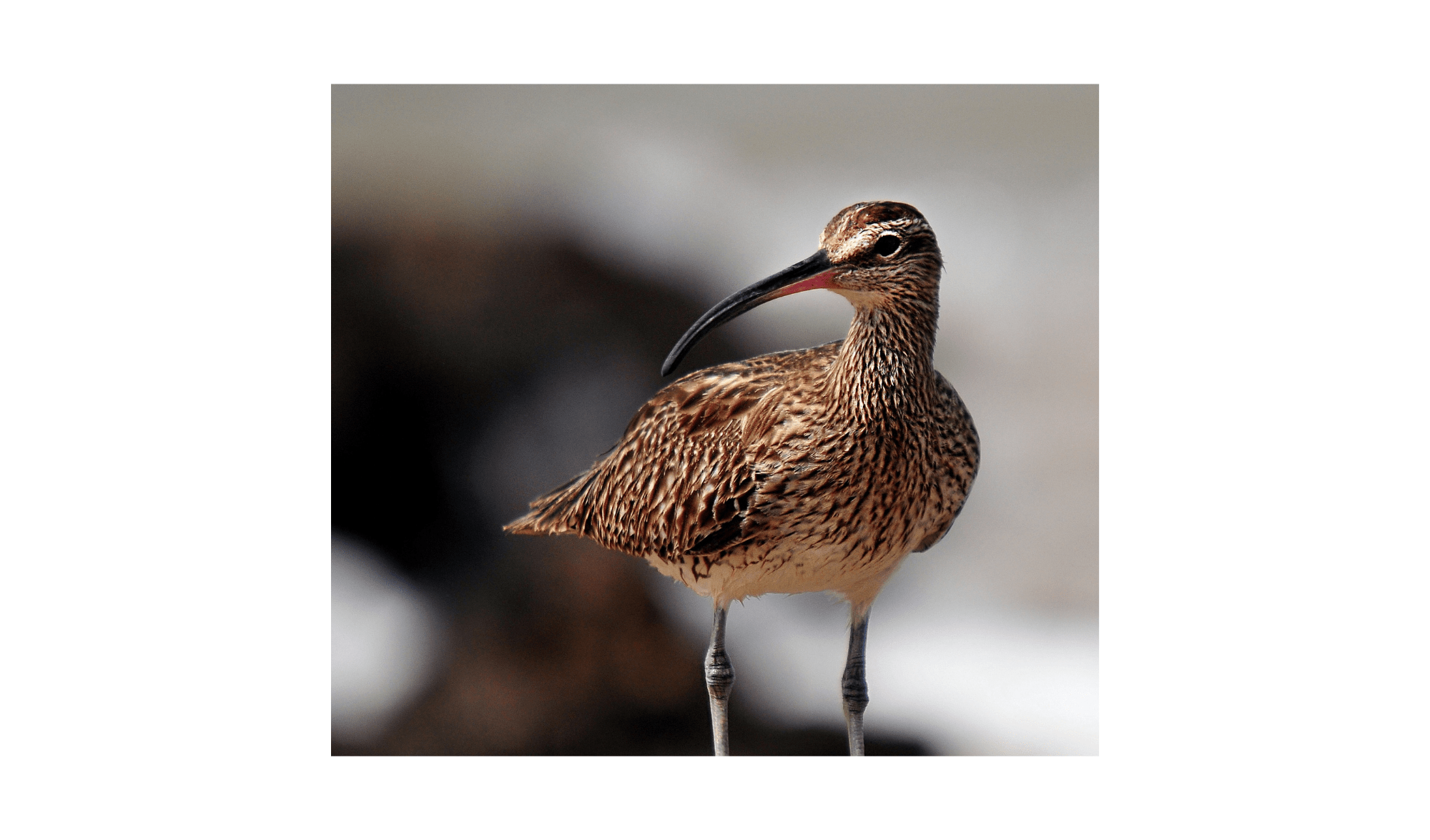
White Ibis: These striking birds are found in wetlands and coastal areas throughout the Americas. They are easily recognized by their long, curved bills and white plumage.
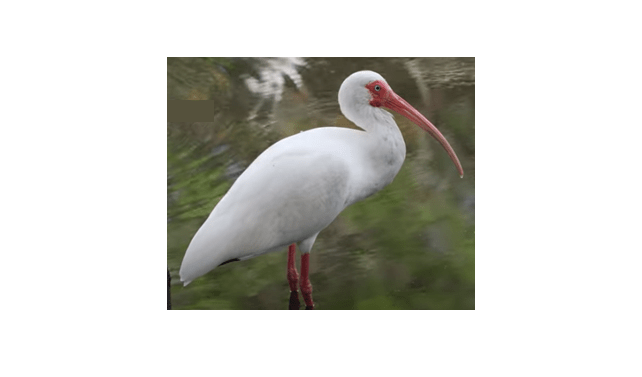
White-tailed Tropicbird: This beautiful seabird is found in tropical oceans around the world. It has long, white tail feathers that trail behind it as it flies.
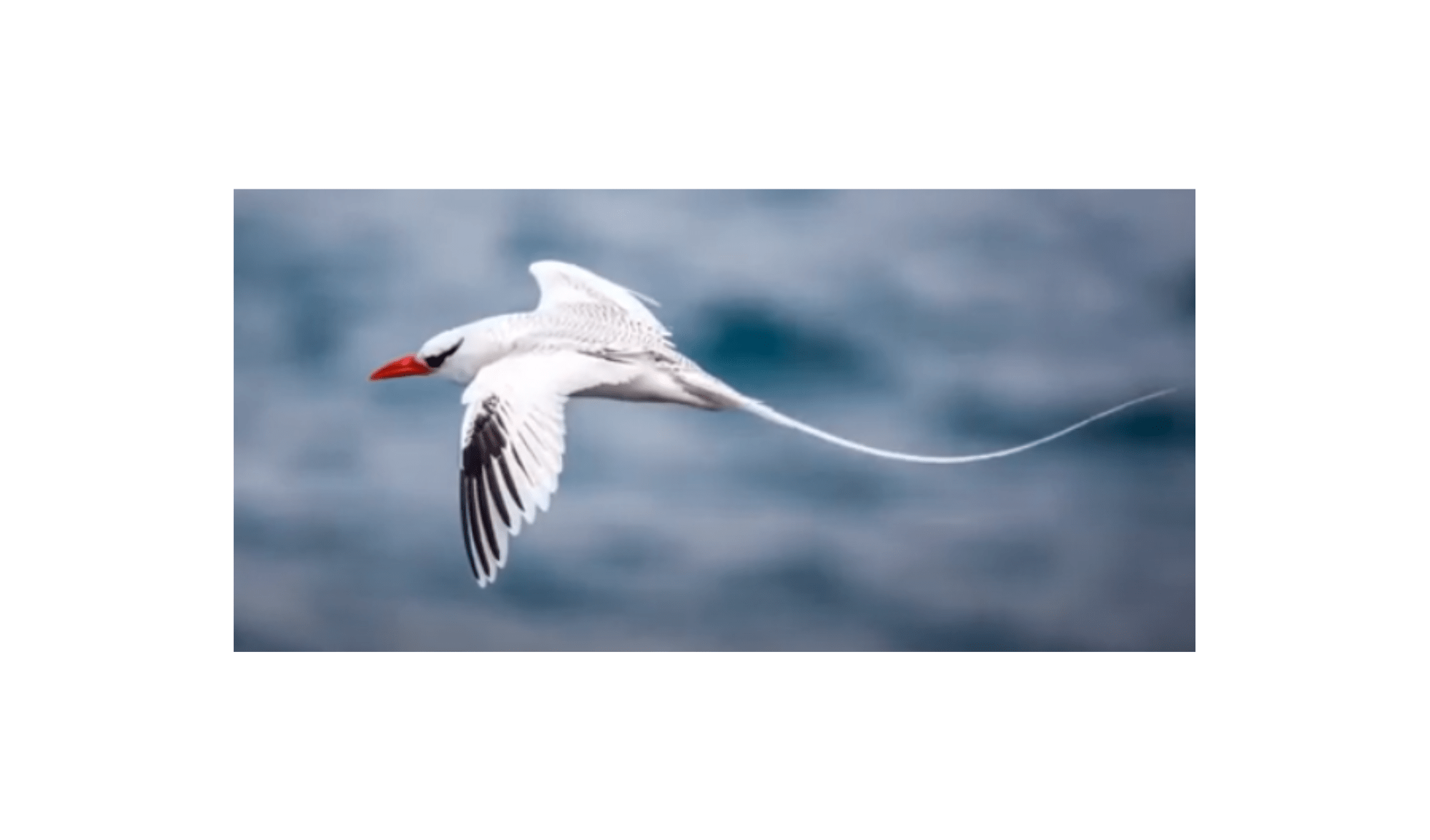
Willow Ptarmigan: This species of grouse is found in northern regions around the world. During the winter, its plumage is pure white, while in the summer it is a mottled brown color.
